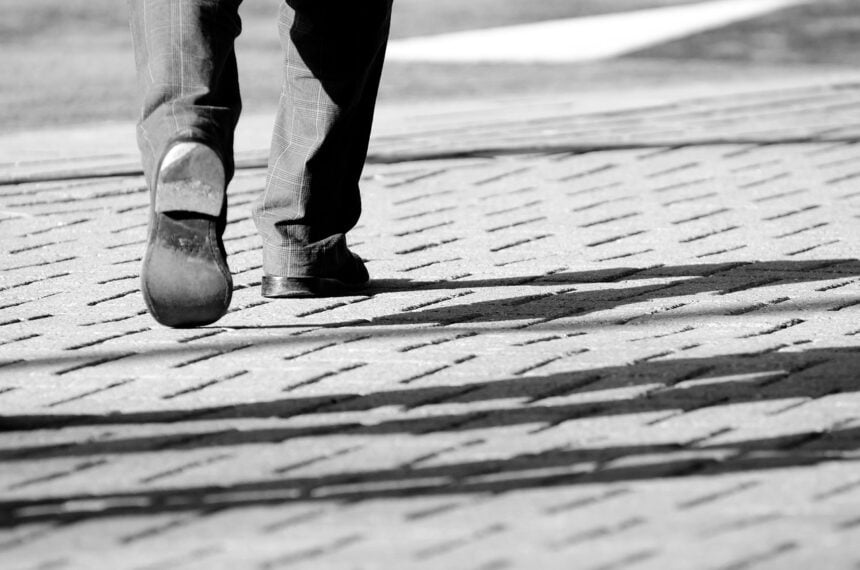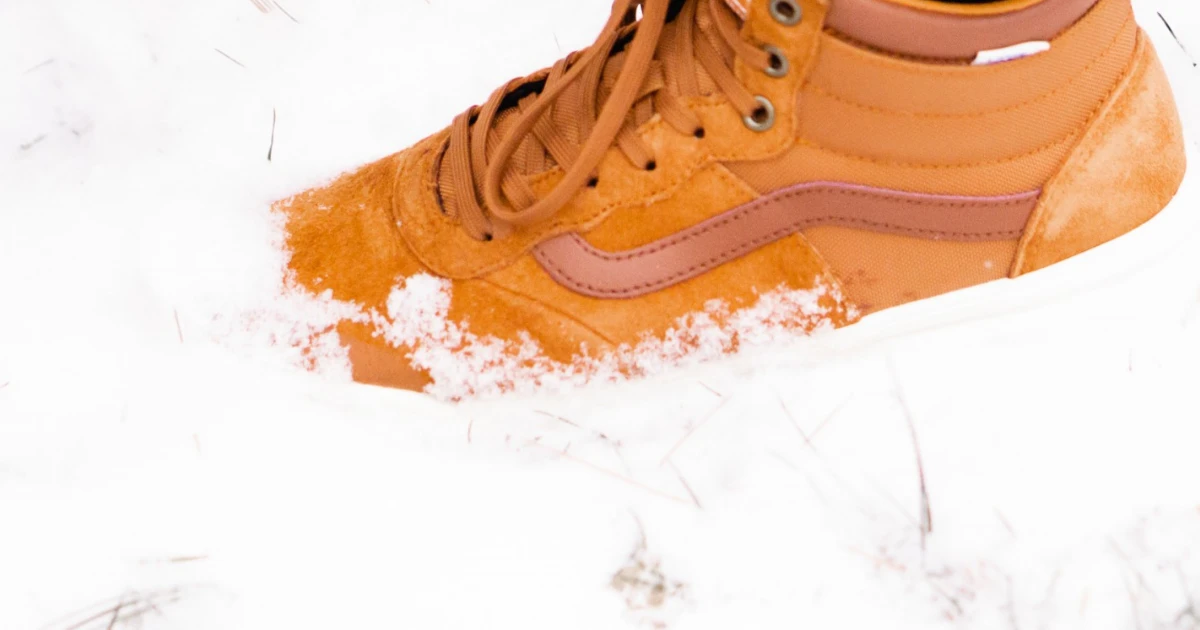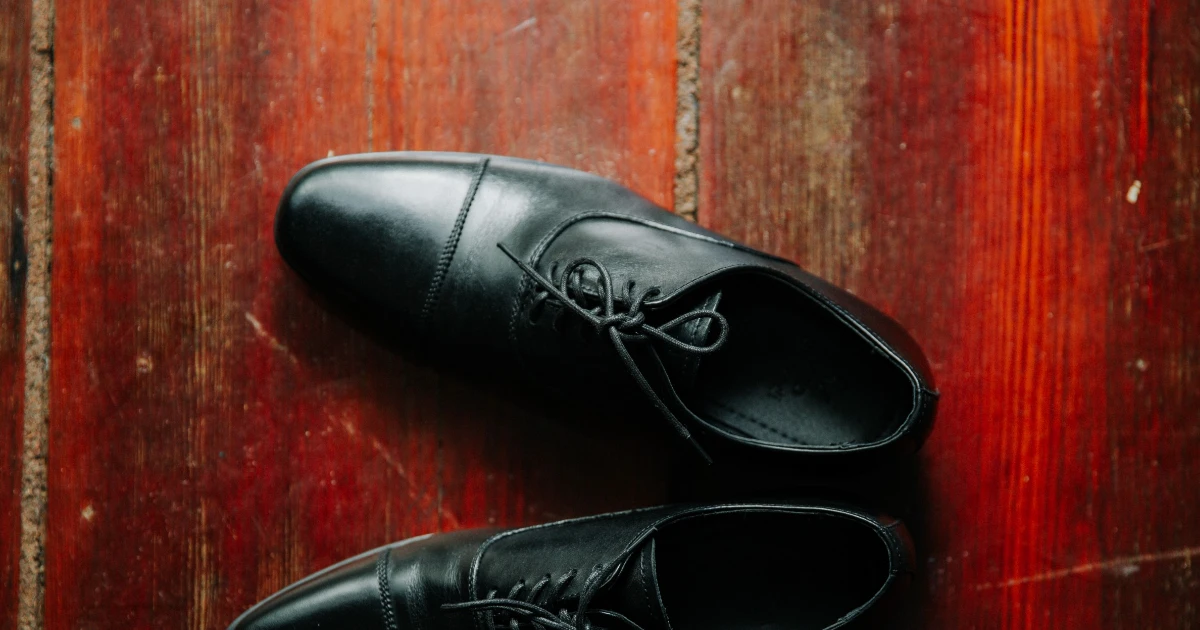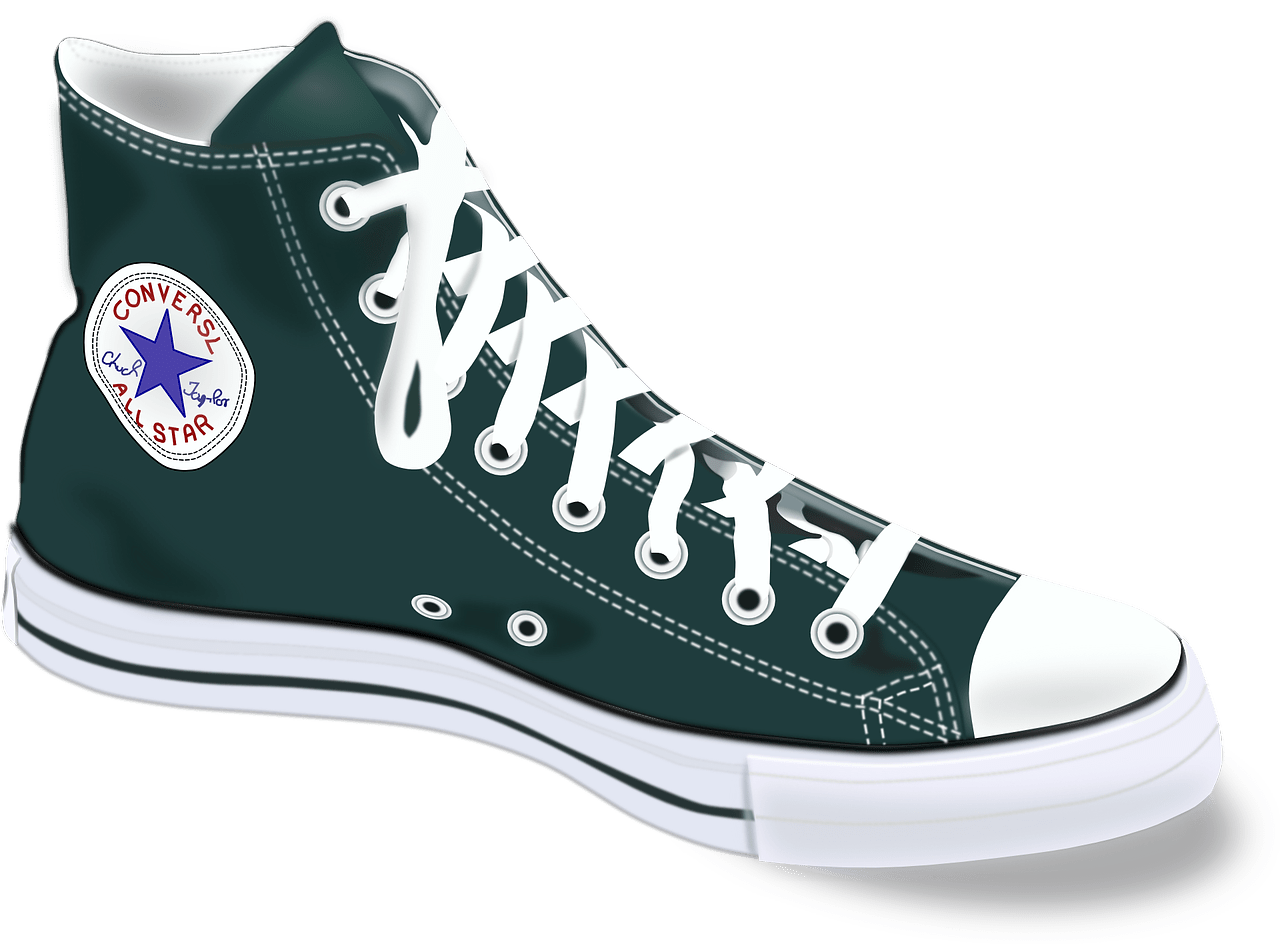LA Gear is a trailblazing shoe brand that has left a lasting impact on the athletic and fashion footwear industries. Founded in 1979 in Los Angeles, LA Gear quickly rose to fame with its innovative designs and partnerships with high-profile athletes and celebrities. Over the years, LA Gear has faced numerous challenges and setbacks, but it has always managed to adapt and evolve to remain relevant and competitive. Today, the brand continues to be a beloved and iconic symbol of style, self-expression, and individualism.
Early Years
The early years of LA Gear were marked by rapid growth and expansion. The brand was founded in 1979 by Robert Greenberg, who saw an opportunity to create fashionable and innovative athletic shoes that would appeal to a wide range of consumers.
LA Gear’s first shoes were introduced in the early 1980s and quickly gained popularity for their unique designs and high-quality construction.
The brand quickly expanded its product line to include a variety of athletic shoes, as well as casual and lifestyle shoes.
During this time, LA Gear also established partnerships with high-profile athletes and celebrities, including Kareem Abdul-Jabbar, Carl Lewis, and Paula Abdul, among others.
These partnerships helped to raise the profile of the brand and further solidify its position as a leading shoe company.
By the mid-1980s, LA Gear was one of the fastest-growing shoe companies in the world, with a strong presence in the United States and overseas.
The company’s commitment to quality, innovation, and style had made it a major player in the athletic and fashion footwear industries.
| 1 | 2 |
|---|---|
| Origin | Los Angeles |
| Founded | 1979 |
| Category | Clothing, Shoes, Accessories |
| Founder | Robert Greenberg, Ernest Williams, and Stephen Williams |
Rise to Fame
LA Gear’s rise to fame can be attributed to its innovative designs and marketing strategies. The brand was known for its bold and distinctive styles, which set it apart from other athletic shoe companies.
The bright colors, eye-catching graphics, and unique features of LA Gear shoes made them popular among athletes, celebrities, and fashion-conscious consumers alike.
LA Gear was also known for its cutting-edge marketing campaigns. The brand’s advertisements were widely regarded as some of the most creative and effective in the footwear industry.
LA Gear’s ads frequently featured high-profile athletes and celebrities, and they often had a playful, upbeat, and youthful tone that resonated with consumers.
As a result of its innovative designs, marketing strategies, and high-profile partnerships, LA Gear rapidly gained popularity and recognition as a leading shoe brand.
By the late 1980s, the company was one of the most well-known and successful shoe brands in the world, with millions of fans and customers around the globe.
Challenges and Adaptations
Like many other shoe brands, LA Gear faced a number of challenges and had to adapt to changing market conditions over the years. Despite its early success, the company struggled to maintain its momentum in the late 1980s and early 1990s, as the athletic shoe market became increasingly competitive.
LA Gear faced was a decline in sales and profits, due in part to increased competition from other shoe brands and changes in consumer preferences.
The company also faced criticism from some consumers and industry experts who felt that its shoes were no longer as innovative or stylish as they once were.
To respond to these challenges, LA Gear made several key adaptations. The company shifted its focus to higher-end fashion and athletic shoes, which it felt would better align with changing consumer preferences.
It also invested in new product development and marketing initiatives, and launched new partnerships with high-profile athletes and celebrities.
Despite these efforts, LA Gear struggled to regain its footing in the highly competitive athletic shoe market. The company experienced further decline in sales and profits, and it eventually filed for bankruptcy in 1998.
Revival and Legacy
In the years following LA Gear’s bankruptcy, the brand remained relatively dormant, but it never completely disappeared.
In recent years, there has been a resurgence of interest in vintage and retro athletic footwear, and LA Gear has been one of the brands that has benefited from this trend.
In the 2010s, LA Gear was relaunched and started to produce shoes once again. The company has since focused on re-issuing some of its most iconic styles, as well as creating new designs that draw on the brand’s rich heritage.
Today, LA Gear is once again a recognizable and popular name in the athletic footwear market, and its shoes are highly sought after by collectors, retro fans, and fashion enthusiasts.
The brand’s legacy continues to inspire new generations of designers, and it remains an important part of athletic and fashion footwear history.
Conclusion
In conclusion, the history of LA Gear serves as a testament to the resilience and adaptability of a brand that has overcome numerous challenges and changes in the athletic footwear market.
From its early years as a trailblazer in the athletic and fashion footwear markets, to its decline and eventual revival, LA Gear has maintained a strong and unique identity that has made it a beloved and recognizable brand.
Despite its ups and downs, LA Gear continues to influence the athletic footwear industry and its legacy remains an important part of athletic and fashion footwear history. Today, LA Gear continues to produce high-quality and stylish athletic footwear, and its shoes continue to be popular with fans and collectors alike. Whether you are a long-time fan of the brand, or are just discovering it for the first time, there is no denying the impact that LA Gear has had on the athletic footwear industry and its lasting legacy as a trailblazing brand.








